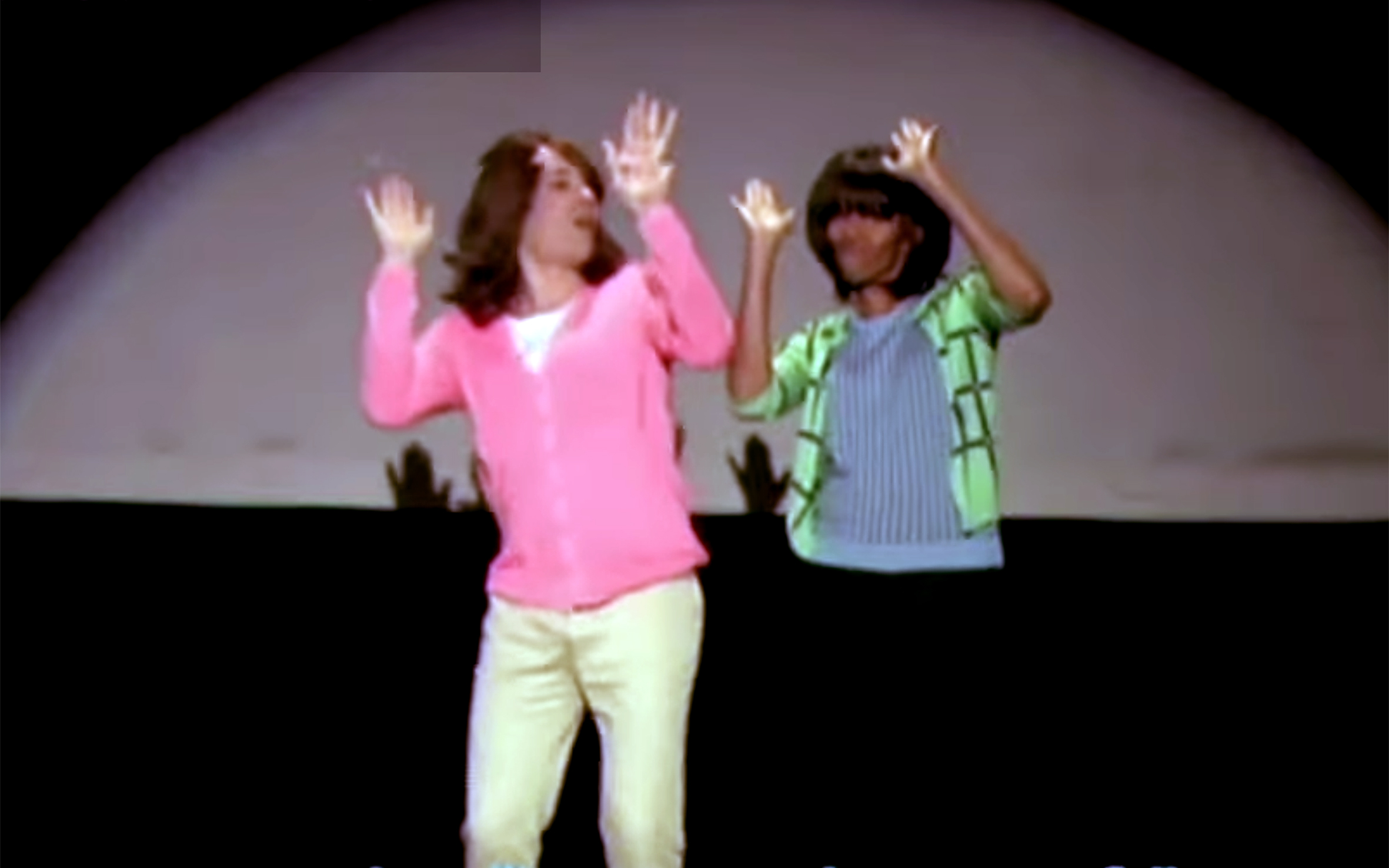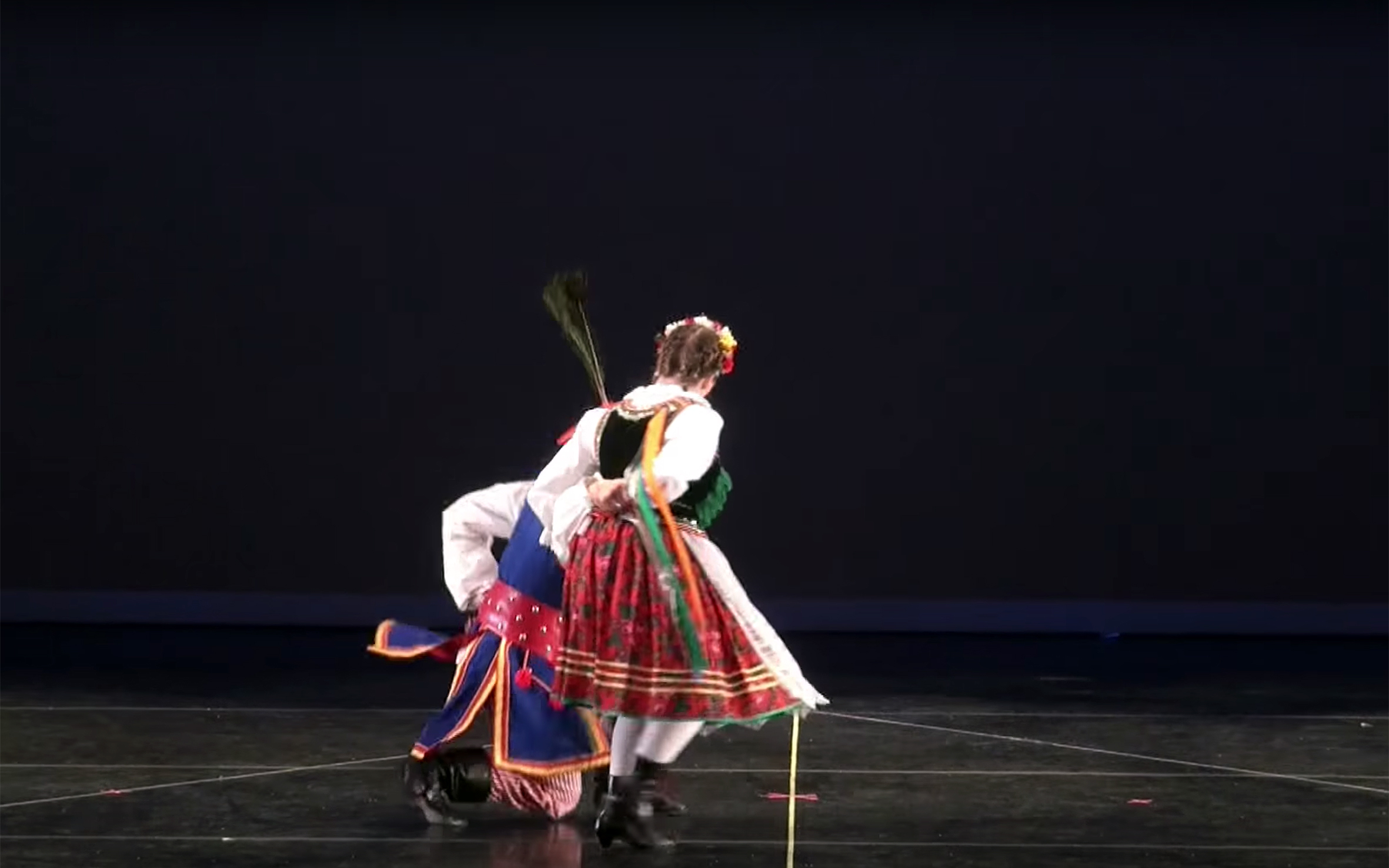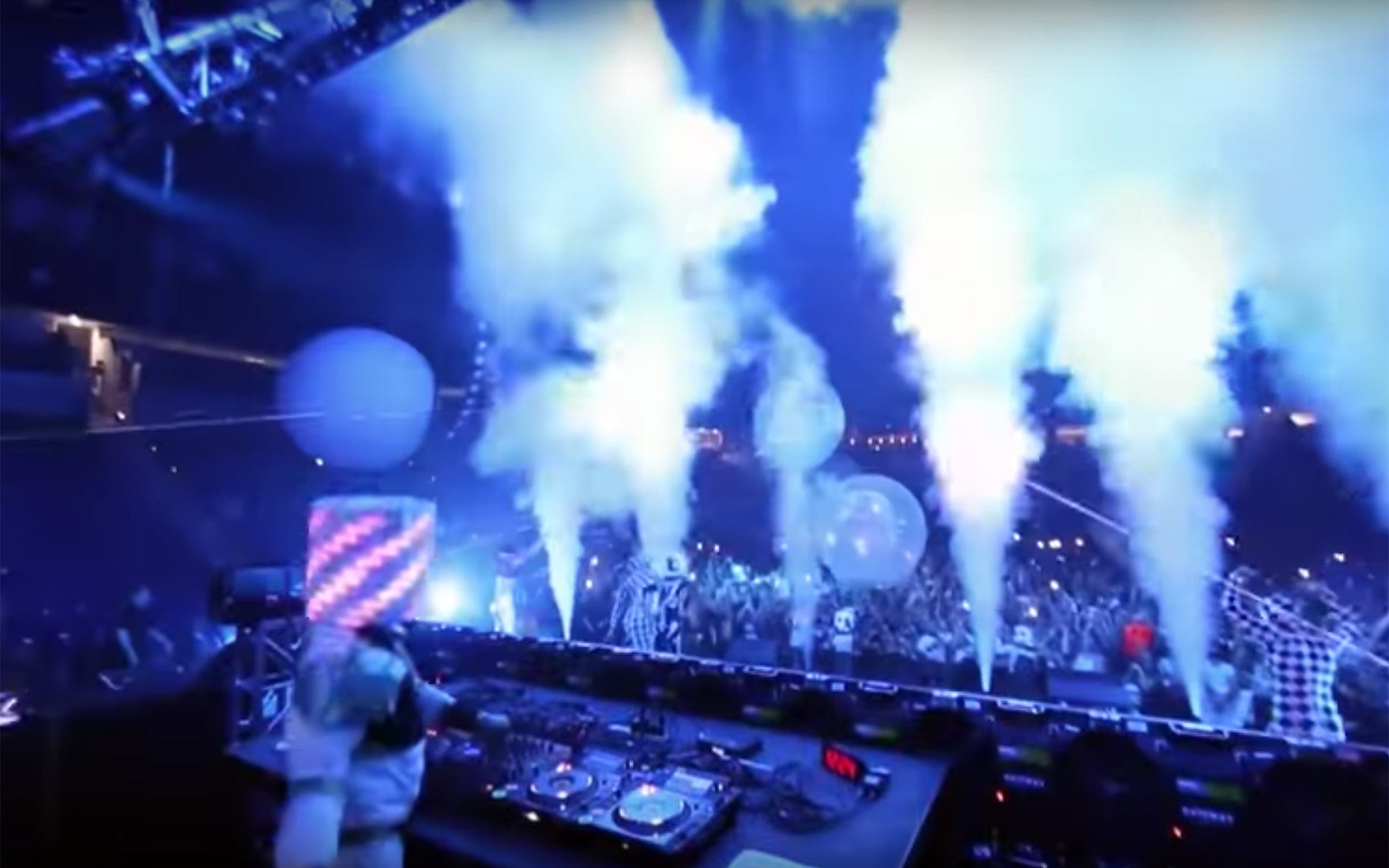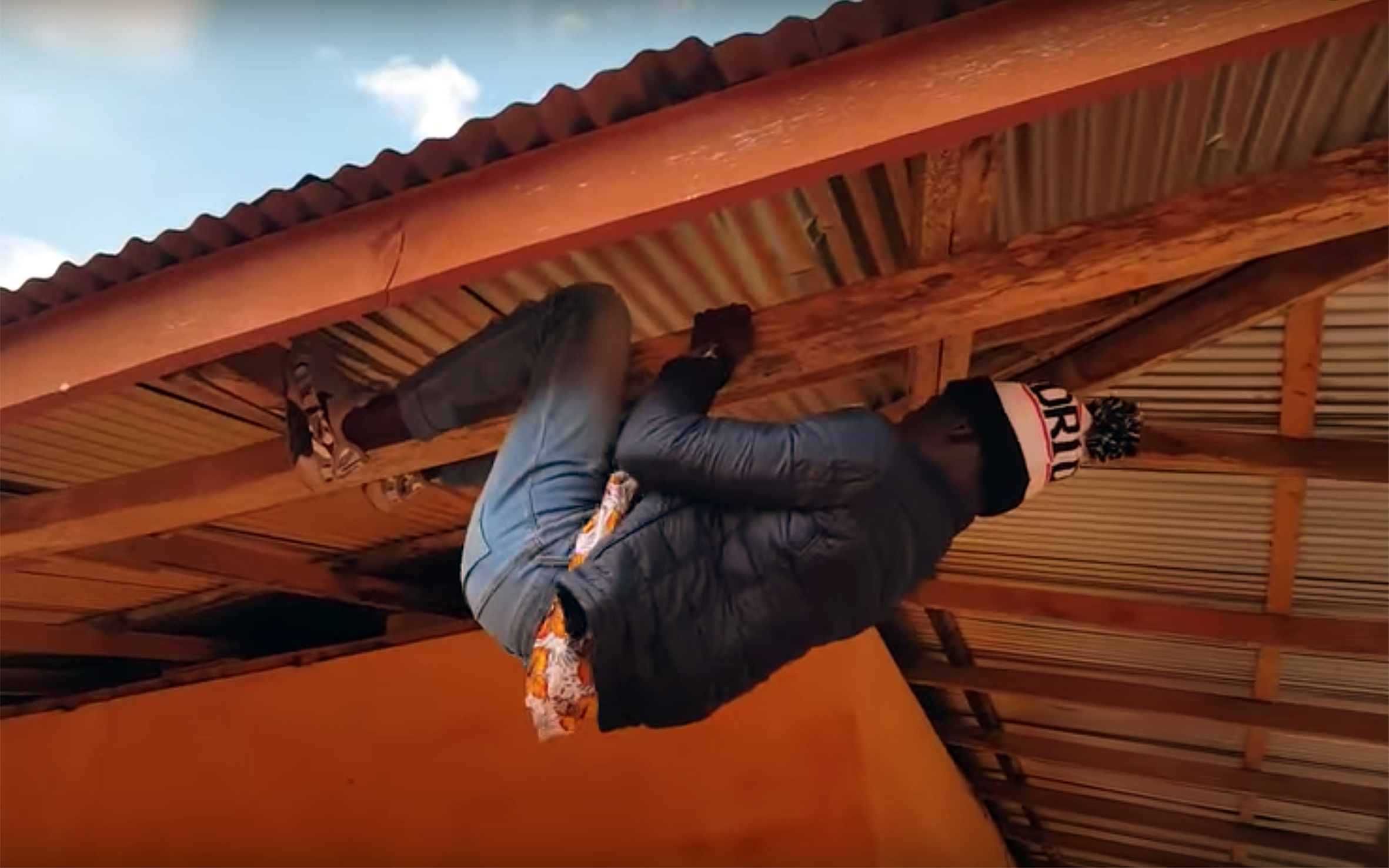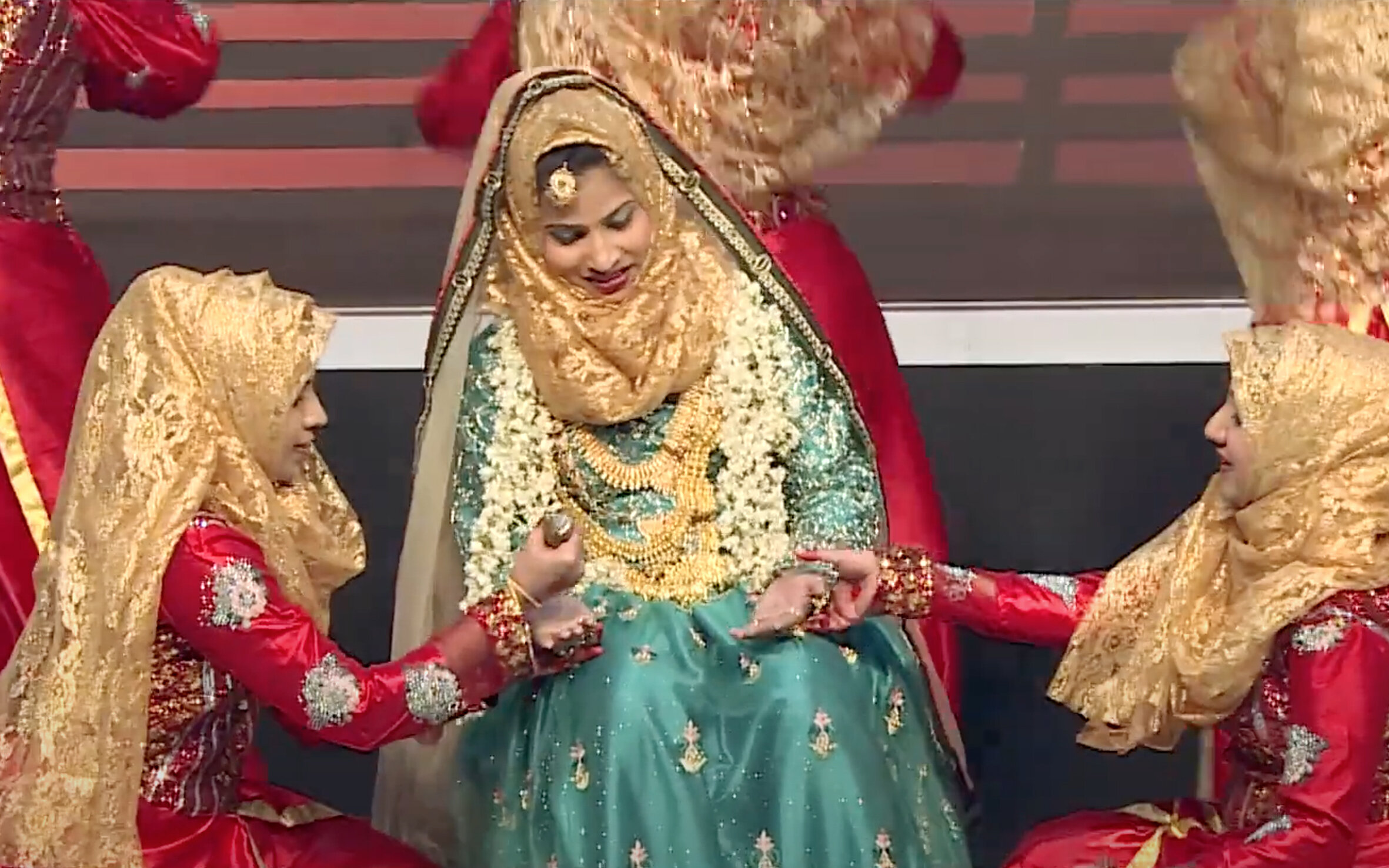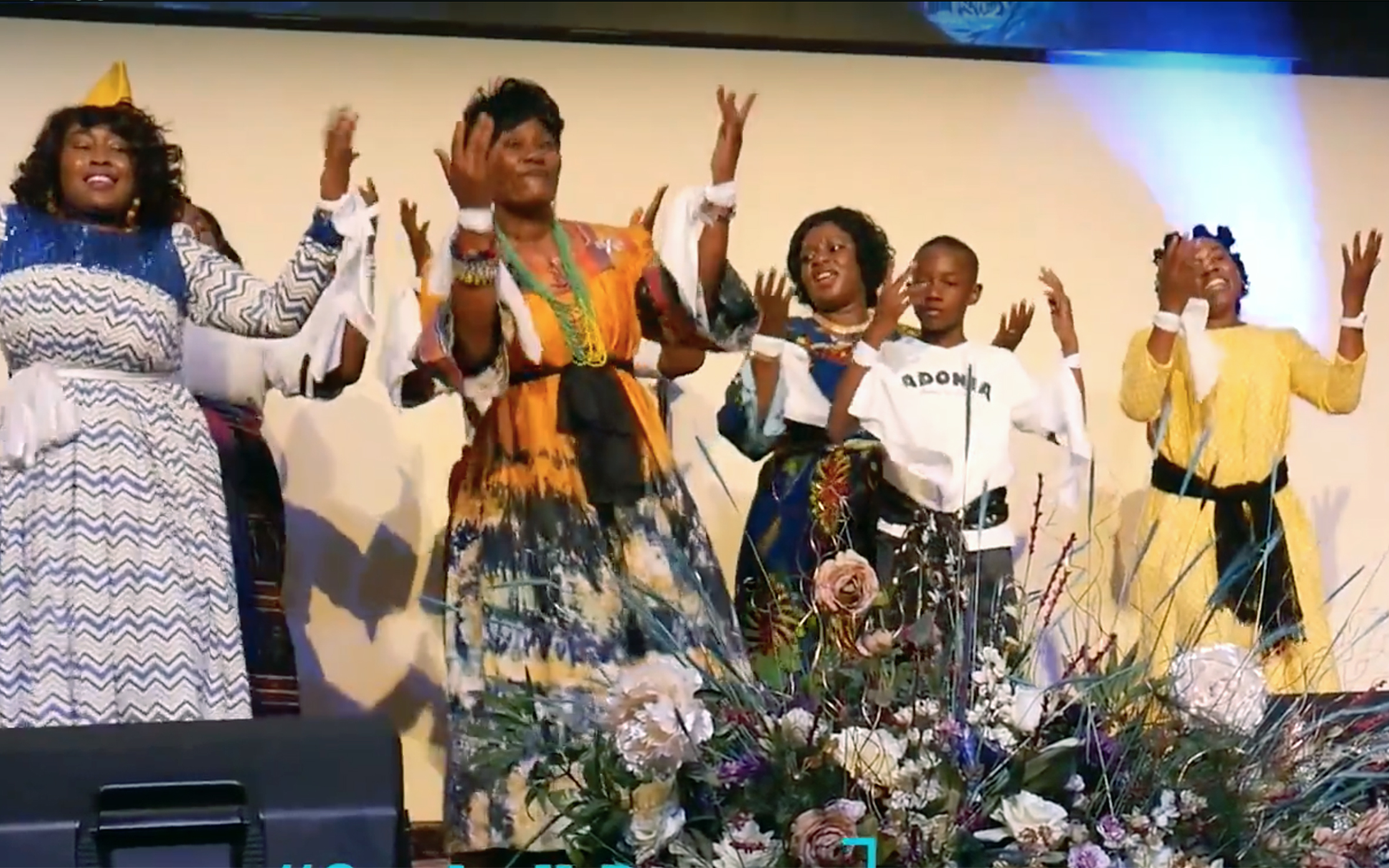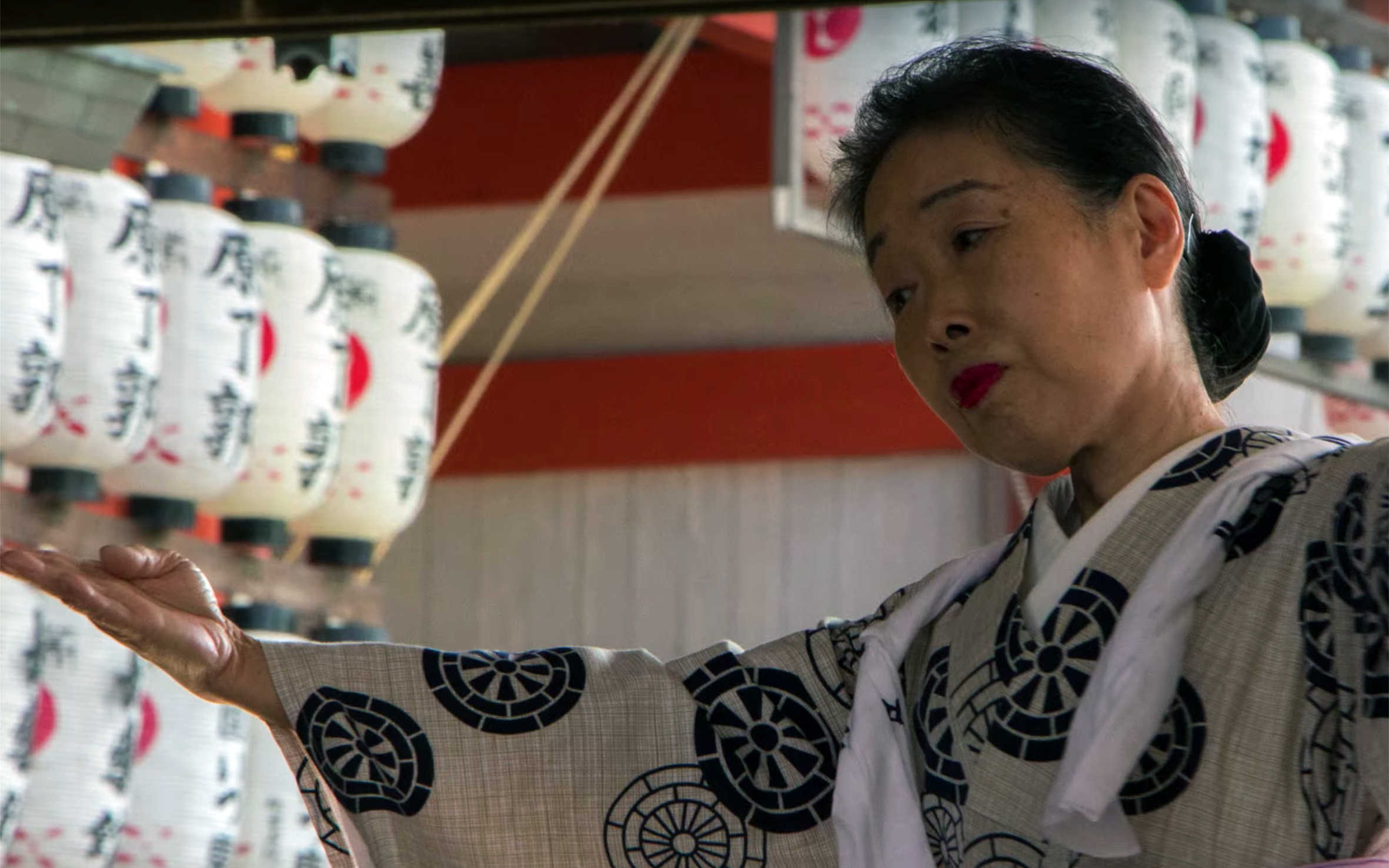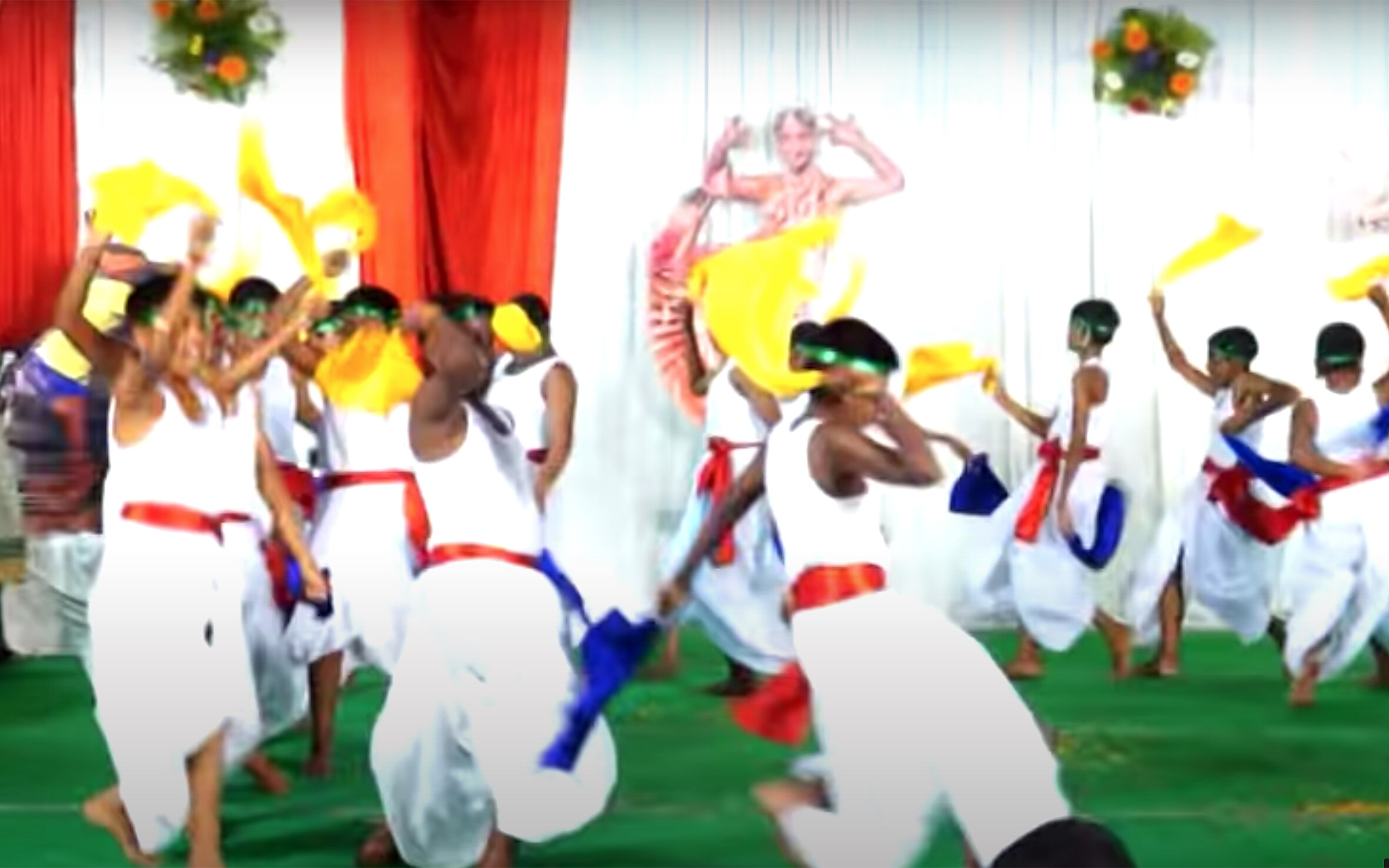649.OBAMA MOM DANCE / USA
OBAMA MOM DANCE, also known as “The Evolution of Mom Dancing”, is a dance performed by Michelle Obama and Jimmy Fallon on the TV show “Late Night with Jimmy Fallon”. It was presented to promote the First Lady’s “Let’s Move” campaign against childhood obesity and to encourage parents to get up and get moving with their kids. The video of the dance has gained millions of views.
650.Obatala DANCE / Cuba
OBATALA DANCE is one of the Orisha dances. Obatala is a creator and a ruler of all humans and the father of all (or most) Orishas, depending on the tradition. Dressed all in white, it is one of the most powerful Orishas. Obatala’s dance mimics the movements of an old man, but it is also a powerful warrior dance.
651.Oberek / Poland
OBEREK is a lively Polish folk dance and the fastest of the five national dances of Poland. Its name is derived from Polish word “obracac´ sie˛”—“to spin”. It consists of quick steps, constant turns, lifts and jumps. It is characterised by a three-measure metre, mazurka-like rhythmic, fast tempo, whirling and a significant degree of improvisation. Known under many names almost in the entire Poland, it remains one of the most popular traditional dances in the country. Danced by large groups of dancers, in very small steps, with pairs whirling evenly and flatly in place or around a circle, to four sides, it is fashioned after the country dances of the Mazovia region, as remodelled by the upper classes in the 19th century, and subsequently adapted for stage and ballrooms, fitted to the requirements of the national ideology.
652.OCCIDENTALI'S KARMA / Italy / Viral
OCCIDENTALI'S KARMA is a song performed by Italian singer Francesco Gabbani. The song was released as a digital download on 10 February 2017. It also won the Sanremo Music Festival 2017 and represented Italy in the Eurovision Song Contest 2017, Francesco Gabbani has released a short tutorial on how to dance like him during “Occidentali’s Karma” and so the signature “Gorilla Dance” has become a huge hit in Italy and went viral.
653.Odi Dance Challenge / Kenya
ODI DANCE is a dance track created by a Kenyan gospel dance group from Kibera. It is a celebration of how Christian dance has infiltrated Kenyan society. A dance challenge based on this song became very popular and new videos with Odi dance started to pop up on the Internet.
654.OlEG / INDONESIA
OLEG, often identified as “the dance of the bumblebees”, is a dance style from Bali, Indonesia. It is performed by a male and female dancer in very bright shinny costumes. It is intended to be evocative of a garden, in which bees are buzzing about, collecting nectar from the waiting flowers. The dancers represent a male and female bee, with the obsessively flirtatious male chasing the female from one flower to another. Though the female bee at first appears coquettish, she eventually accepts the male’s advances. The movements of the female dancer are considered more complex than those of the male. Owing to its bee and garden symbolism, the dance intends to convey the message that both sexes naturally need each other.
655.OLUKUN / Benin
OLOKUN is a ritual dance of the Edo and Yoruba people from Nigeria. The dance worships the Olokun spirit that is believed to be the ruler of all bodies of water and is praised for the ability to give wealth, health, and prosperity to the followers. The dancers typically wear white clothes and paint their bodies with white clay. Their performances may last many hours and include varying movements ranging from slow and fluid to quick and agitated.
656.Om Telolet Om / Indonesia / Viral
OM TELOLET OM was a popular social media meme of 2016. The term originates from Indonesia where it is a popular trend to get the customised bus horns to honk for the enjoyment of others. The phrase refers to children encouraging a truck or bus drivers to honk. It found its way online in December of 2016 when popular EDM musicians began to respond to the spam with the phrase they were receiving, reaching a large and diverse audience in the process. Many non-Indonesians were confused. While many others joined in the trend of spamming the term leading further to its popularity. After the hashtag went viral on Twitter, various international DJs created tracks making use of bus honking and children laughing. Dance videos became popular on Instagram and YouTube with moves inspired by hitchhiking, driving, and waving at drivers.
657.Ondjongo / Namibia
ONDJONGO is a dance performed among the Ovazemba and Ovahimba communities in Namibia at any social celebrations. It is danced by both men and women, to songs also known as “ondjongo”. The Ondjongo dance forms the climax of the Himba marriage ceremonies. In this classic courting dance, the dancers assume the roles of oxen and herders, figuratively hunting down prospective partners. Standing in a semicircle facing a line of men, the women clap and chant, while one of them dances in the centre in the manner of a favourite cow. With her arms raised to imitate horns, the woman stamps her feet as though they were hooves and struts in time to the clapping. When the next dancer cuts in, she leaves the centre, flipping up her back-skirt in a defiant flirtatious manner.
658.ONE CORNER DANCE / Ghana
ONE CORNER DANCE is a cultural phenomenon that initially started in Ghana. Patapaa’s song and video “One Corner” originated from Swedru in the central region of Ghana, a predominantly working-class town where most people work in farming. “One Corner” is a genuine expression of radical self-love and an uninhibited outlet of emotions for people who have to endure protracted economic and political violence on a daily basis. It is said to have its origin in the Katanga Hall of the Kwame Nkrumah University of Science and Technology. It has spread all around West Africa with even celebrities and other folks posting videos of themselves basically just humping whatever corner they can find to various songs.
659.Oppana / India
OPPANA is a popular form of social entertainment among the Mappila (Kerala Muslims) community of Kerala, South India, prevalent throughout Kerala, especially in Malappuram. It is performed at weddings by about fifteen females, including musicians. The bride dressed in all finery, covered with gold ornaments and her palms and feet adorned with an intricately woven pattern of henna, sits amidst the circle of dancers. She is the chief spectator sitting on a chair, around which the singing and dancing take place. Dancers sing, clap their hands rhythmically and move around the bride with simple steps. Two or three girls begin the songs and the rest join in chorus. Sometimes Oppana is also performed by males to entertain the bridegroom. Harmonium, tabla, ganjira and elathaalam are the musical instruments employed for this performance.
660.ORISHA DANCE / Cuba
ORISHA DANCE are a religious manifestation of the Regla de Ocha and are traditionally performed with Batá drums. Dance is crucial to understand Orisha in Yorubaland and the diaspora. For centuries the body was a place of Black resistance in the colonies. Practicing Orisha dance allows for the information to get into Cuban minds, hearts and souls. Today every Cuban is used to watching sacred Yoruba dances, which in the past were known only to a marginalised part of the society. The standard repertoire of Orisha dances went through a process of folklorization, initiated by the Communist Revolution. The African heritage was studied and reshaped to be displayed on stage and integrated into the education system.
661.OROKO / Cameroon
OROKO is a traditional dance of the Oroko people from Southwest Cameroon. It involves much shaking of the back, shoulders and hands, and has slow-to fast rhythms. Dancing often starts slowly and after a while reaches a climax, with the dancers bending downwards and increasing the frequency of shaking. The performers wear loincloths tied around the waist, and also may use masks or paint their bodies with different colours. The accompaniment is provided by drums of different sizes, including a larger base-drum that controls the rhythm of the dance. There are different types of Oroko (Denyangi, Ngoba, Njoku, etc.). For example in the Njoku version, dancers mimic the structure of an elephant and its behaviour.
662.Oromo Dances / Ethiopia
OROMO DANCES are traditional dances of the Oromo people from the Oromia Region in Ethiopia. It is the largest region of the country and its dance styles are very diverse. One of the most famous one is Shoa Oromo, which is a group dance performed together by men and women. The unique feature of the dance is the violent shaking of the head and the shoulders by the performers. The songs which are played during the dance usually give more emphasis to string instruments than drum beats.
663.Otemoyan / Japan
OTEMOYAN is a Japanese folk song from Kumamoto Prefecture. It is played by mass performers dancing in the streets of Kumamoto in the summer. It is usually accompanied by shamisen, taiko drums and other percussion, and the Japanese used has the southern Kumamoto accent. Originally, it was a song played during drinking parties with geisha girls. Several hypotheses have been formulated on the origin of the name and the most credible one among them is that Otemoyan was a girl named Tominaga (1868-1935) who really lived near the present Kumamoto Station. The writer/composer was Ine Nagata, a teacher of Shamisen and Japanese dances. This song was debuted by Akasaka Koume in 1935. The oldest reference of this song is in “5 Pairs of Shoes”, a book published in 1907.
664.OUDJILA / Cameroon
OUDJILA DANCES are traditional dances performed by the Podoko people in Oudjila village in the far North of Cameroon.
665.OYA DANCE / Cuba
OYA DANCE is one of the Orisha dances affiliated with Oya—a female warrior Orisha who rules over the cemetery, lightning and the winds of change. She rides into battle with her favourite lover Chango (that is why fire and lightning are always together). If you channel Oya, you will discover the strength of your inner feminine spirit. You will just swing that iruke, screech and summon some nifty hurricanes while dancing.
666.Oyilattam / India
OYILATTAM (“dance of grace”) is a folk dance with origins in the Madurai region of Tamil Nadu in India. It was traditionally a dance where a few men would stand in a row with two pieces of cloth, performing rhythmic steps to musical accompaniment. In recent years, women have also started performing this dance. Typically, the musical accompaniment is the Thavil and the performers have colored handkerchiefs tied to their fingers and wear ankle bells. Oyilattam is usually performed at village festivals. The themes of the dance come from the great epics of India, Ramayana and Mahabharata.
667.Oyil Kummi / India
OYIL KUMMI is a dance performed by large groups of men wearing bells on their feet and narrating mythological stories. The invocation song prays to gods and also instructs the dancers to give adequate space for the movement of the performers’ legs and to prevent them from coming into physical contact. No other musical instruments are used in this dance. Oyil Kummi is performed only by men, during temple festivals. Stories and episodes focusing on Murugan and Valli deities are depicted in the songs. It is one of the rare folk art forms of ancient Tamil Nadu, India.

